21. A Republican Governor from Louisville
It has been a busy day in Frankfort again as candidates are making their ways to file for statewide offices, which are on the ballot later this fall. After the candidates file, they often hold press conferences here and there to outline their plans once elected. The candidates I am supporting for the two highest offices in the Commonwealth, Jonathan Miller and Irv Maze, did just that today with an outline of proposals made after filing today at 11:00 am.
As many of you know, I hold offices in both the local and the state Democratic Party Executive Committees, and as such I am committed to supporting the Democratic nominees on the November ballot, whoever they might be. That obligation will be seriously challenged this fall should one particular candidate who has currently filed as a Democrat in the office of State Treasurer make it through the Primary as the nominee. I am hopeful that someone will step up and make this race. I spoke of it last night with John Sommers, who last year lost a race for the Metro Council in District 23, who indicated he is interested. Bill Ryan, a close friend and longtime Democratic party activist also indicated some interest, but he predicated that on what Mike Weaver or Todd Hollenbach, IV might do. An entry by Weaver or Hollenbach would hopefully change the course of this race from the collision it is currently headed toward. But, I digress.
It is often said around this time of year that a Louisvillian can not be elected to the office of governor. In my lifetime, the only one who was close to being that was John Young Brown, Jr., who lived in Louisville in the Primary (if one believes he wasn't living in somewhere in Florida at the time) but had established himself at the Cave Hill Mansion in Lexington by the time of his election in November, 1979 (again, if one believes he wasn't living in Florida at the time). Yesterday, Governor Brown's son, John Young Brown, III, filed as a candidate for Lieutenant Governor on the slate with Speaker of the House Jody Richards. I have known the younger Mr. Brown for over a decade. He is a very able and capable person, who served as Secretary of State for two terms, overseeing elections and bringing the office up to date electronically. He is a good man. I noticed in the filing that he gives his home as Prospect, Kentucky, a well-to-do suburban village northeast of Louisville, bordering along the Jefferson-Oldham border.
It does seem though, that the road to the Executive Mansion somehow involves Louisville this year. Miller's running mate is the Jefferson County Attorney Irv Maze. Former lieutenant governor Steve Henry is a resident of Louisville and once served on the governing body of Jefferson County as a commissioner. Brown the Third can say he is from Prospect legitimately, as that is the name of the Post Office which serves his home. Recently elected Congressman John Yamuth hails from Harrod's Creek, Kentucky, for the same reason, a post office. But, both are known to be Louisvillians. On the Dark Side of the Aisle, defeated Congresswoman Anne Northup (defeated by Louisville's newest congressman Harrod's Creek politician John Yarmuth), is not only a Louisvillian in the "Metro" sense of the word, but actually lives within the limits of the former City of Louisville, now technically known as the Louisville Urban Services District. She is a Louisvillian, which brings me to today's essay on former Kentucky Governor Augustus Willson.
Former Kentucky Governor Augustus Everett Willson was a Republican who served as governor of our Commonwealth from 1907 to 1911. He is best known for pardoning, in 1909, former governor William Taylor, a fellow Republican governor who had been implicated in the assassination of Governor William Goebel on the front lawn of the Capitol building, then located on Broadway opposite Saint Clair Street in what some now call "Old Frankfort", to distinguish from the location in "South Frankfort" of the "New Capital" (as people in Frankfort tend to refer to the current building housing the seat of government which is now 100 years old).
Governor Willson, like former Speaker of the House Bill Kenton and current Kentucky Democratic Party Chair Jerry Lundergan, was a native of Maysville, Kentucky, having been born there on October 13, 1846. But he did not stay there. Willson went off to Harvard College where he earned his Bachelor's Degree in 1869. He studied law under and practiced with the Kentucky jurist, former Franklin County Judge and Kentucky Attorney General John Marshall Harlan, who was later appointed by President Rutherford B. Hayes to the United State Supreme Court. Like Harlan, Willson was an avowed Republican and member of the Presbyterian Church. Willson moved his wife, Mary Ekin, to Louisville, where first they lived on S. 1st Street (according to legend having built the home which now houses the Austin Inn Bed and Breakfast), and then later on S. 4th Street near Central Park - though his residency may have been the other way around. While living in Louisville, he travelled to the United States Supreme Court to argue the case of Washer v. Bullitt County (the opposing counsel was James Speed) in March, 1884. Willson represented landowners in Bullitt County who were opposed to certain payments for a bridge built crossing over Pond Creek into Jefferson County in the present day area known as Stites Station, south of Kosmosdale and north of Kathryn Station and West Point. He lost the case.
As a Louisville resident, Willson was a delegate to the Republican National Conventions of 1884, 1904, 1908 (as governor), and 1916. He was elected governor of Kentucky as a resident of Louisville, defeating a Mr. Hager 51.2% to 46.9%. He was a temperance leader and is also remembered for declaring Martial law in the state during the Black Patch tobacco war in western Kentucky. After his term as governor, he ran for the United States Senate in 1914, losing to J. C. W. Beckham, another former governor who figured prominently in the Taylor controversy of fourteen years earlier.
Governor Willson died August 24, 1931 and is buried in Louisville's Cave Hill Cemetery. A Kentucky Historical marker has been placed near his grave, identifying Louisville's only (thus far) governor of Kentucky. Governor Willson's papers are on file at the Filson Club in Louisville.

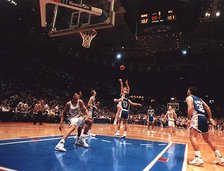




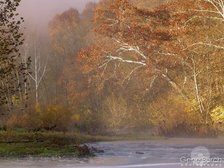








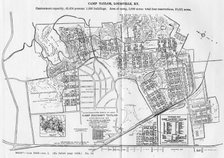
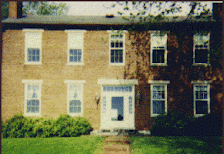

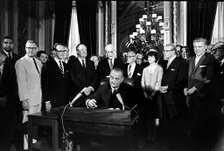

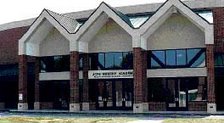
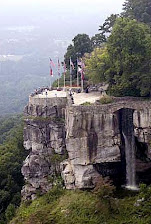

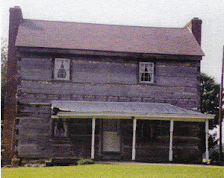
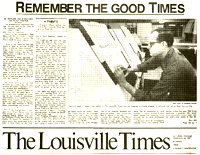
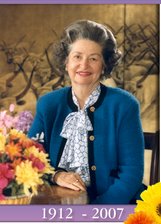
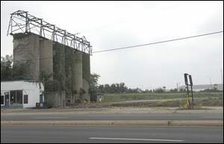
2 comments:
As a friend once said; "This is not right." Two days and no blogging. Jeff where art thou?
I agree. We need more Jeff.
Post a Comment